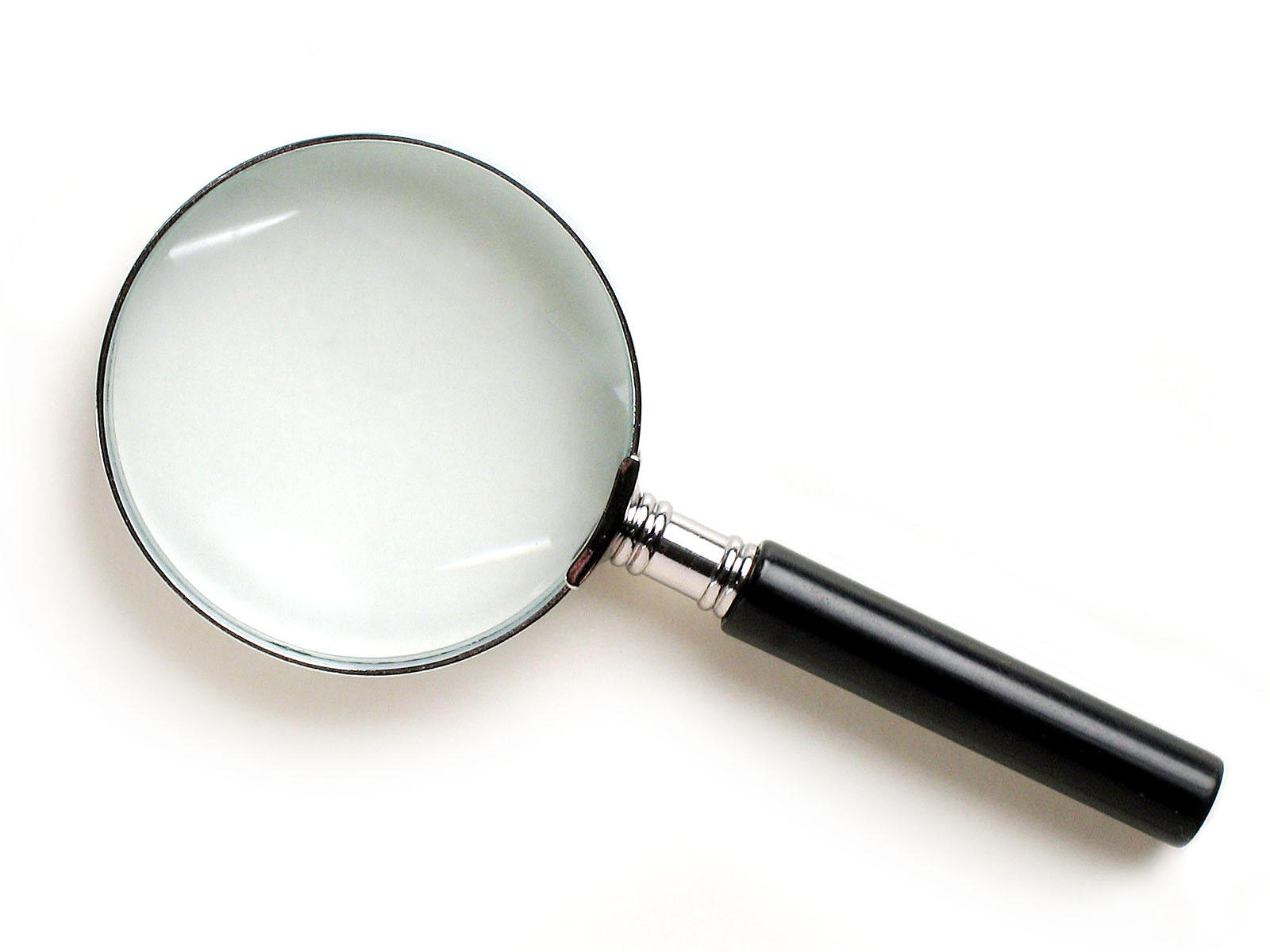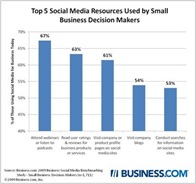Yesterday Michael Arrington of TechCrunch created a big amount of buzz – as he has been know to do – with an angry blog post about the PR industry and its failure to do right by embargoes. This blog post is not about that – but it is our first in a series that we’ve been wanting to start, focused on personal Q&As with journalists, bloggers and industry analysts.
You see, there continues to be quite a snarky relationship between the PR world and the world of journalism. There are valid gripes on both sides but one that continues to be mentioned by journalists is that most PR folks don’t build relationships correctly. So this Q&A series is based on getting to know the journalists as the humans they are. No hidden agendas – just good, clean fun.
Thankfully, Jennifer Leggio, a blogger for ZDNet, agreed to be our first interview. You’ll learn things here that might surprise you or give you pause (favorite vacation spot – Long Island?!) but that will definitely make you laugh.
But we can’t guarantee it will help your pitching.
(Oh – and if you are a journalist or blogger that is game to play along and be interviewed, please let us know!)
PPR: You have multiple roles listed on your Twitter bio – for ZDNet and Fortinet – what do you do for each and how do you balance it all?
JL: For ZDNet, I write about what I call “social business” — everything from enterprise 2.0 technology to marketing-focused social media issues. For Fortinet, my official title is director of strategic communications, which includes managing global industry analyst relations, digital media, security research communications and community engagement. I’m a pragmatist when it comes to balance. My role at Fortinet is always my first and foremost priority. It’s not only my day job, but I’m passionate about network security and I take a great amount of pride in my company’s many wins. Which leaves my ZDNet work largely to my personal time and I am happy to make the sacrifice because it’s such a tremendous opportunity. I’m also a heck of a multi-tasker.
PPR: How did you become a blogger?
JL: Ironically, I started microblogging before I began blogging. I was on Twitter and thought, “I should get one of those blog things.” I launched up my Mediaphyter blog and really started digging into social media trends, security and social media, and then launched the Security Twits, a community of security professionals on Twitter. After that everything is a bit of a blur. I met Ryan Naraine, a ZDNet security blogger at SOURCE Boston earlier this year and we became friends; stayed in contact via Twitter. ZDNet saw a need to bring in content similar to what I write and Ryan patched me through. I should note that this all started only a year ago; just goes to show the speed and impact of social media. Take that, naysayers.
PPR: We see you love hockey – do you watch, play or both?
JL: Oh goodness, I can’t play hockey! I can’t even ice skate! I’m one of those know-it-all fans who sits in the stands and screams at my team. I am very passionate about it, however. Until about four years ago I had never been a fan of any sport. A co-worker at the time dragged me to a San Jose Sharks game and I fell in absolute, unequivocal, irreversible love.
PPR: What’s the last book that you read?
JL: I just finished “SocialCorp: Social Media Goes Corporate” by Joel Postman, which I actually got as a prize at a Silicon Valley tweet-up last week after co-winning a karaoke contest. The humiliation was worth winning this book. It was a fabulous, educational read. On a more personal note, I read the entire “Twilight” saga from Stephenie Meyer in five days over Thanksgiving. I am such a sucker for handsome fictional vampires. I’ve now moved onto the “Uglies” series from Scott Westerfeld, thanks to a recommendation from Kevin Marks.
PPR: What’s the coolest tech gadget that you own?
JL: OK, don’t tell the folks over at ZDNet this, but I am not much of a gadget geek. I am a cyber nerd, Internet geek, and enterprise technology fangirl. So I suppose my coolest tech gadget is my TomTom portable GPS. I am considering buying a Kindle, though. Does that count?
PPR: If you could meet anyone, who would it be and why?
JL: I know I am supposed to wax intellectual with this type of question, but I can’t get away from my honest answer. James Spader. I have had a crush on him since I was about 12 years old. Something about geeky, cocky eccentricity. If I were to wax intellectual, I would say Bob Woodward. Like many former journalists (I worked at daily newspapers from 1993-2000), he was the reason I began my news career pursuits in the first place. I’ve had to settle for being his Facebook friend, along with 3,000 other people. That’s closer than I’ve gotten with Spader.
PPR: How many hours a day do you spend in front of the computer?
JL: Let’s see, I wake up every morning between 5-6 a.m., wash up, get on the laptop and write my ZDNet blog of the day, check into work email, then take a shower, get ready, feed the cat and head into the office. I usually work through lunch at my desk and leave between 5-6 p.m. Come home, pet the cat, make or order dinner, then get back online and catch up on email, and begin outlining my blog post for the next morning, plus miscellaneous day job work. I go to bed about 10-11 p.m. and read until I fall asleep. I’m afraid if I really add up the hours I’ll cry. Not every day is like this, of course. I do make it out for social events every now and then. If I am not asleep.
PPR: What’s your favorite vacation destination?
JL: For the last couple of years, most of my vacations have been spent in beautiful Long Island, New York. Ah, paradise. I had the fortunate experience to discover some unknown family members a couple of years ago and I take every opportunity I can to immerse myself into their culture (“Old World” Italian) and learn as much about my heritage as I can. What’s funny to me is that I find it easier to relax there than say if I were on a beach somewhere, wishing my BlackBerry were nearby. My family’s quality of life and appreciation for quality time is contagious when I’m around it, and I love the disconnection from chaos that I experience when I am there.
PPR: What do you do for fun?
JL: See questions #3, #4 and #8. Other than reading, hockey games and blogging, I play Wii (wait, is that a tech gadget?), I like to go wander about trails in the Bay Area with friends, I play every two weeks or so in a No Limit Texas Hold ‘Em poker tourney, I’m a huge music fan and I like to go out and see live shows (mostly of the rock persuasion) and I get my laughs at the Improv. That’s about all I have time for right now. In 2009 I hope to bring back some of my other hobbies. Especially those of the outdoor, active variety.
PPR: What’s the coolest thing that’s come your way as a result of social media?
JL: Besides this interview? I’m fortunate in that it’s hard to pick just one. My ZDNet blog, for one. I never thought I’d again have a chance to write for a news organization after jumping the fence into marketing eight years ago. Book authorship-lite, is another. Julio Ojeda-Zapata asked me to write the foreword for his “Twitter Means Business” book, and I’m currently writing a chapter for Tracy Tuten’s “Enterprise 2.0” book series due out in 2009. Top that all off with the icing of fabulously talented new friends I wouldn’t have otherwise met. I shudder to think where I’d be without social media. Is that sad? Nah. I think it’s spectacular.
![business-conflict-resolution[5] (1)](https://perkettprsuasion.com/wp-content/uploads/2012/09/business-conflict-resolution5-1-150x150.jpeg) It’s easy to play up the adversarial relationship between “Hacks” and “Flacks,” but the truth of this perennial love/hate relationship is that that we really do need one other. Although the value of PR professionals to journalists is often called into question, as this article points out, “the popularity of services like HARO and ProfNet should be proof enough that journalists have a need for PR professionals.”
It’s easy to play up the adversarial relationship between “Hacks” and “Flacks,” but the truth of this perennial love/hate relationship is that that we really do need one other. Although the value of PR professionals to journalists is often called into question, as this article points out, “the popularity of services like HARO and ProfNet should be proof enough that journalists have a need for PR professionals.”
 nking about the little details? Once you win a customer or a client, are you welcoming them and thanking them for their business? Does your website make an interaction with your company pleasant and easy, or are you making prospects work too hard to become a customer? Can they easily find what they are looking for? Do you have a waiting room that’s comfortable or stark? Do you think about simple yet “nice touches” that would make a prospect want to do business with you over a similar competitor?
nking about the little details? Once you win a customer or a client, are you welcoming them and thanking them for their business? Does your website make an interaction with your company pleasant and easy, or are you making prospects work too hard to become a customer? Can they easily find what they are looking for? Do you have a waiting room that’s comfortable or stark? Do you think about simple yet “nice touches” that would make a prospect want to do business with you over a similar competitor?

 Doug Banks has seen his fair share of PR pitches – having worked at various tech publications over the years. In our continuing effort to help PR executives and journalists better understand each other, we interviewed Doug recently. From cold-weather camping with his children, to keeping the newsroom connected with Mass High Tech’s readers, Doug knows how to work hard, play hard and keep his priorities in check.
Doug Banks has seen his fair share of PR pitches – having worked at various tech publications over the years. In our continuing effort to help PR executives and journalists better understand each other, we interviewed Doug recently. From cold-weather camping with his children, to keeping the newsroom connected with Mass High Tech’s readers, Doug knows how to work hard, play hard and keep his priorities in check. And you thought journalists were just journalists.
And you thought journalists were just journalists.